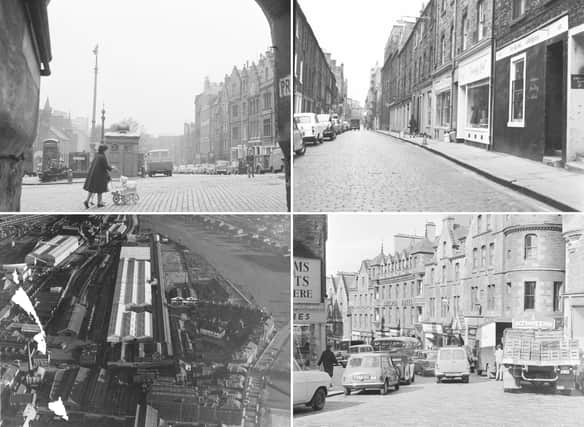Edinburgh has a fascinating history dating back thousands of years, with evidence of a settlement in the Cramond area from around 8500 BC.
The city’s name comes from ‘Eidyn’, the name for the region in Cumbric – the Brittonic language spoken in the Northern England and Lowland Scotland in the Middle Ages.
At this time a stronghold on Castle Rock was called Din Eidyn, literally meaning ‘the hillfort of Eidyn’. As the Scots language evolved, the Din was replaced by ‘burh’, creating Edinburgh.
And there are plenty more clues to the Capital’s complex past in the names of the streets, roads, and lanes that make up the city, all of which come from a multitude of languages, backgrounds and people.
Here are 10 of them.
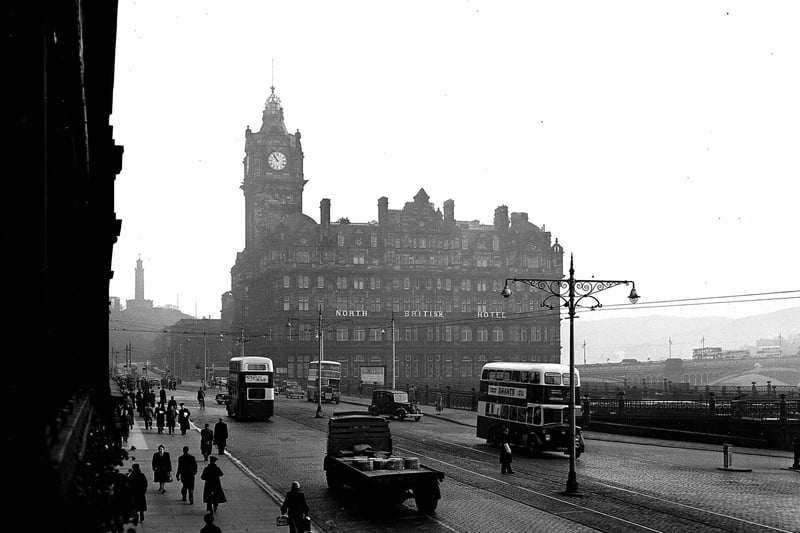
1. Princes Street
Originally to be called St Giles Street, after Edinburgh's patron saint, the change of name was by order of King George III, as he associated the name with the slums of St Giles in London. Instead it was named Prince's Street after his eldest son Prince George, later to become King George IV. The apostrophe fell out of use in the following decades. Photo: Unknown
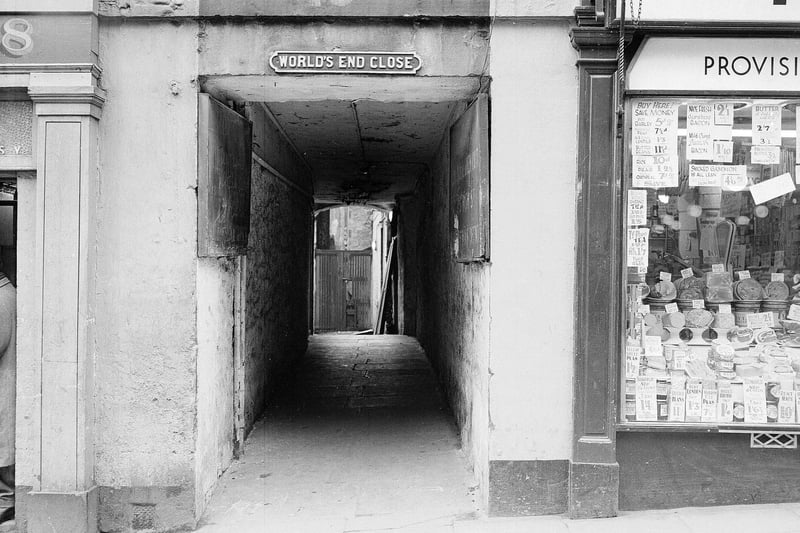
2. World's End Close
A lane on the Royal Mile, World's End Close was formerly called Swift’s Close. It earned its name when it became a gatehouse where people had to pay a toll to enter or leave the city. This meant that those that had no money were trapped in Edinburgh - with the close effectively being the end of their world. Photo: Unknown
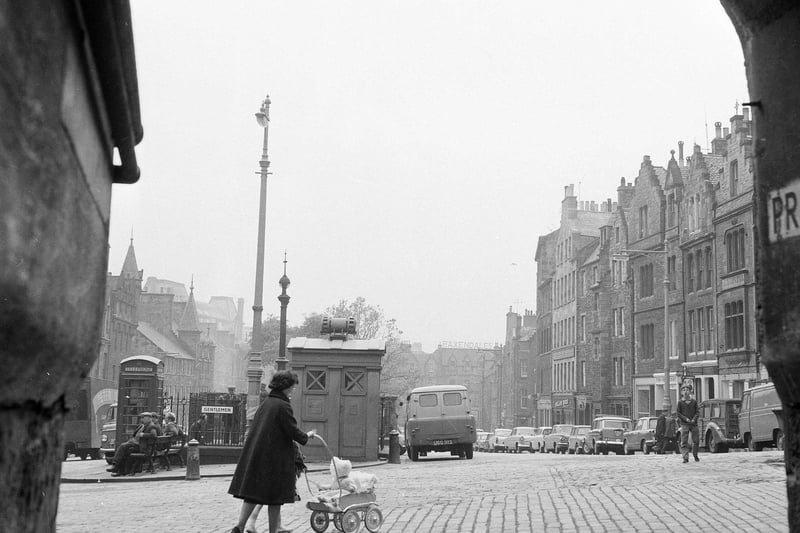
3. Grassmarket
There are two theories as to how the Grassmarket, which from the 15th century was used as a livestock market, got its name. The first is that it refers to the grass that animals grazed in in their pens. Others believe that it was originally called the Grice Market, with grice being the name given to a young pig. The sale of pigs was banned in Edinburgh but the Grassmarket, sitting just outside the walls of the city, was not subject to the restriction, making it the main market for the animals. Photo: Unknown
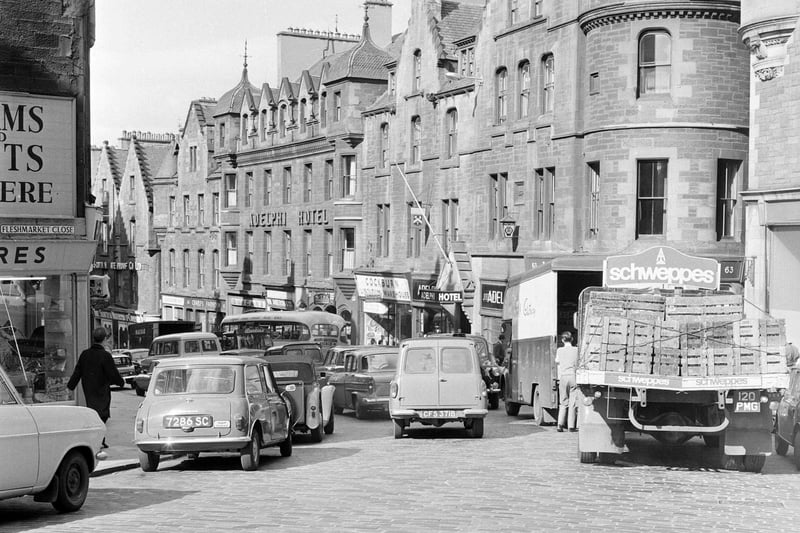
4. Cockburn Street
Created in 1856 to link High Street with Waverley Station, Cockburn Street is named after local lawyer, judge and literary figure Henry, Lord Cockburn. He was a key figure in convincing city planners in the Victorian era to protect Edinburgh's heritage while carrying out improvements to the city, such as Cockburn Street. His head is carved over the entrance to 1 Cockburn Street which currently serves as offices for the Edinburgh Military Tattoo. Photo: Unknown
